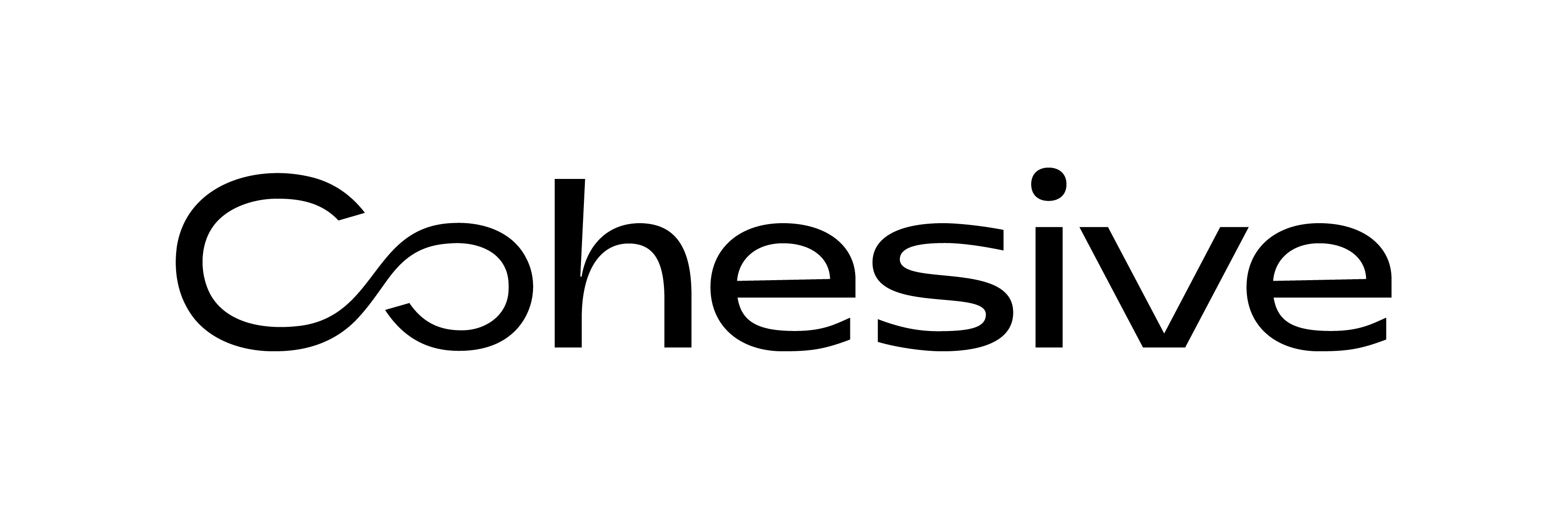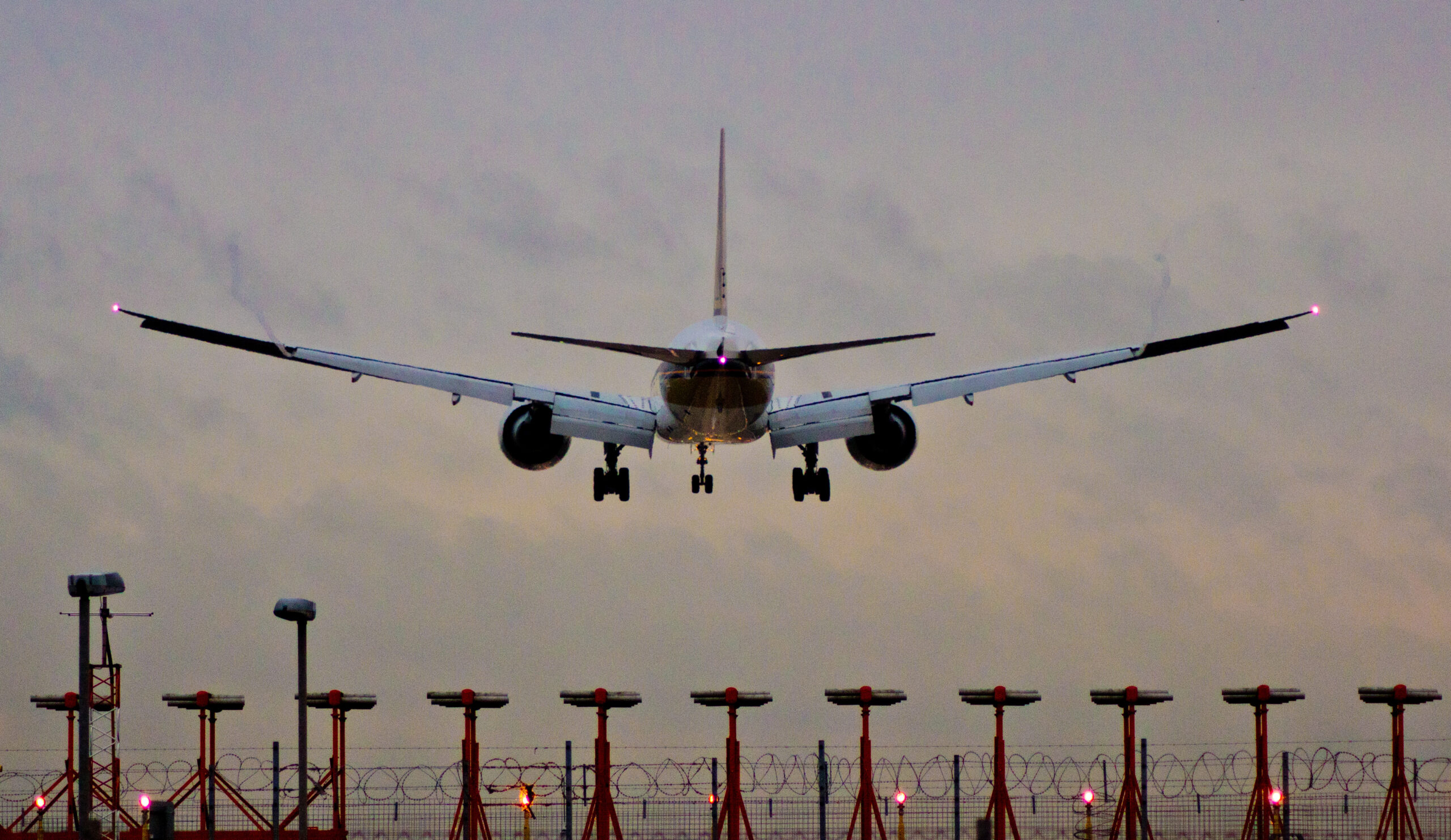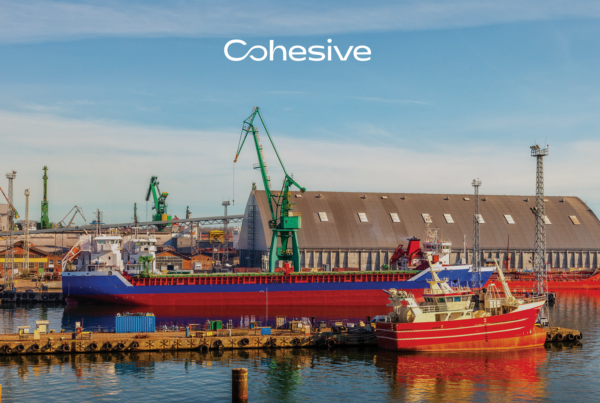Introduction
The British Airports Authority (BAA) formerly owned several airports in the UK and determined a need to replace their current asset management solution (Maximo V5.2) at Heathrow, their largest airport, with a new solution. After a regulated tender process, the airport authority selected Maximo 7.5 to manage the assets and infrastructure.
Information about the previously deployed version of Maximo V5.2:
- 1700 current users
- 900 mobile technicians/engineers in multiple maintenance delivery organizations with several hundred more office-based staff (depot-based planners/schedulers and admin staff)
- Over 500,000 ‘live’ wide-ranging assets covering fixed point, linear, mobile / re-locatable assets
- The client is a multi-asset organization, managing all four utilities (gas, electric, water and telecoms), Facilities Management (terminal buildings) and service delivery assets e.g. baggage handling equipment and signage etc
- Assets are valued at over £10bn
Business Need
The main business drivers for the replacement of the old Maximo system were:
- The current asset management system, Maximo 5.2, was at end of life and no longer supported by IBM
- Heathrow need to demonstrate progress towards a fully compliant maintenance and inspection system to comply with Civil Aviation Authority regulations (CAP 168)
Heathrow needed to take advantage of some of the new modules and functionality available in this new version of Maximo. These modules included:
- Maximo Asset Manager 7.5 (Core Functionality)
- Maximo Scheduler 7.5
- MaxiNet – (MaxiNet is the agreed name for the new asset acquisition module that was developed inside Maximo 7.5 as part of this project)
Solution
The solution included Maximo V7.5 with Maximo Scheduler, Maximo Mobile Work Manager (MMWM) and Maximo Mobile Inventory Manager (MMIM). There are currently 1,700 concurrent users, 900 of which will benefit from the use of MMWM. A new application called Maxinet was also developed to manage the acquisition, installation and deployment of new airport assets before commissioning into regular use and management.
The work began with a design phase that lasted approximately six months. This encompassed the documentation of the current business processes followed by the design of the new business processes and functional specifications.
Immediately following the design phase, work began on the build, culminating in unit tests and the completion of as-built documentation. Integration was also required between Maximo and the Oracle financials system which was implemented using the Oracle integration template and several developed configurations.
Testing was very comprehensive including phases for system, integration, performance, and users. The system and performance tests were completed, and third parties were subsequently supported in the integration and user tests.
Due to the sheer volume of data and the prospective downtime for such a large system should it be upgraded from V5.2 using IBM tools, it was decided to migrate the data from V5.2 to V7.5. Script loading was far quicker than an upgrade. Accuracy of data transfer is vital in a regulated environment hence the data load scripts and transformations were developed, tested, and revised four times to ensure accuracy. As the client had revised their asset hierarchy before upgrading, data was entered from external sources to support this.
Client Benefits
Heathrow has gained immense benefit from the opportunity to simplify its business processes and create a Maximo system with a greatly reduced reliance upon customisations and the corresponding performance improvements.
The inclusion of Maximo Scheduler and MMWM has enabled greater visibility of work distribution around the airfield by use of the map integration/dispatcher view of the Scheduler.
By taking advantage of the updated configuration capabilities of Maximo, Heathrow has been able to incorporate the previously stand-alone asset acquisition system that has now become known as Maxinet. This enables lifetime management of assets from purchase to retirement. Costs are recorded in a single place and reports show the lifecycle trends for single, multiple, and grouped assets. This method of oversight allows decisions concerning the ongoing deployment and then subsequent retirement of assets once maintenance becomes more expensive than replacement. Decisions can also be made about replacement asset types, makes, and models from those that last the longest and cost the least.
This implementation of Maximo has been designed with best practice in mind and subsequently meets the requirements of CAP 168, thus reducing business risk.
Since introducing Maximo V7.5 some further enhancements have been made to the solution by introducing a mobile Airfield inspection system called AAIMS that picks up inspection jobs from Maximo and returns requests for work to be carried out upon the tarmac.
A further enhancement has been added that enables managers and ultimately anybody with a suitable smartphone app to spot and report issues around the airport builds thus sending work requests to Maximo.
The most recent enhancement has been the introduction of Maximo Anywhere to replace MMWM which has improved the mobile capability and efficiency of the engineering workforce and a further upgrade to Maximo version 7.6.








